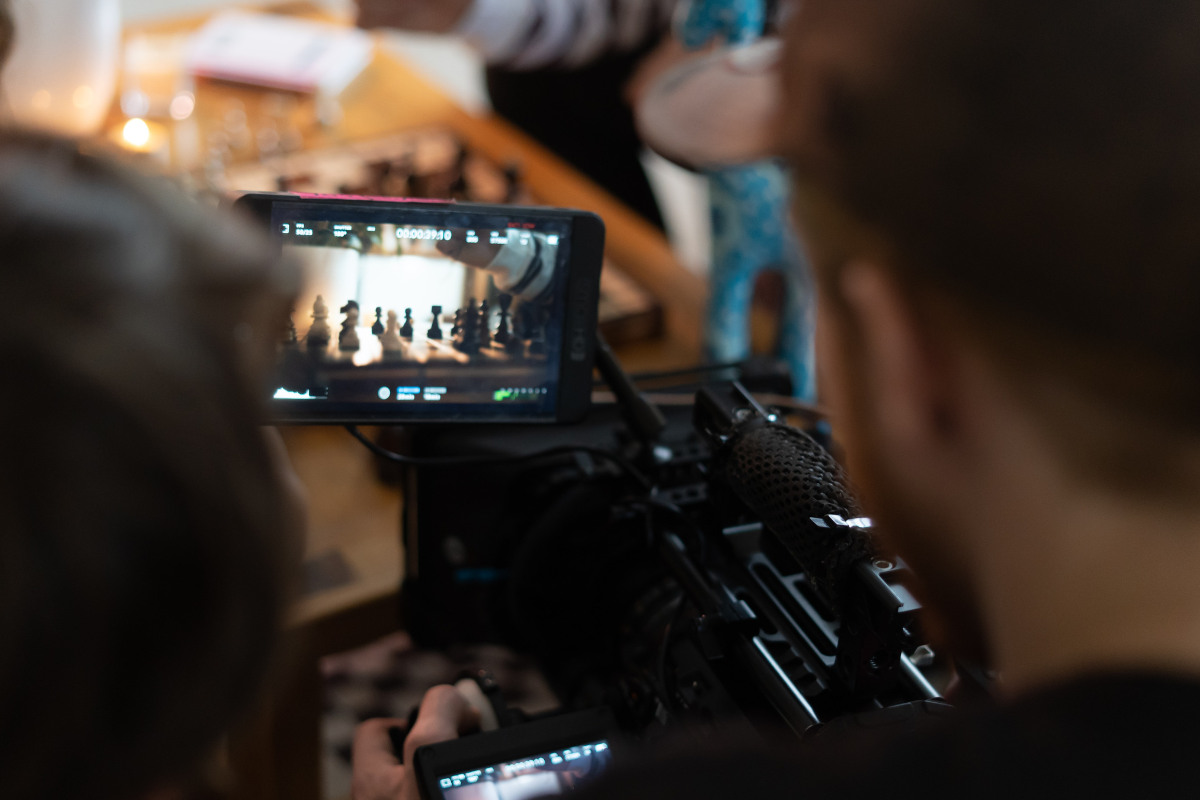World Music Day; How to Use Sound and Music in Film
“The sound and music are 50% of the entertainment in a movie.” - George Lucas
It’s World Music Day on the 21st of June, so we thought we’d celebrate by giving you some top tips on how to use sound effects in film.
Sound is essential in filmmaking to fully immerse the audience in the cinematic experience. It helps to evoke emotions, guide storytelling and define characters. Adding sound effects to your film will instantly begin to bring your project to life. So, here’s our handy guide on sound effects in film (you’re welcome)...
Creating suspense
If you think about the most frightening parts of horror it’s usually when you’re waiting for the scary thing to actually happen. This is largely down to the sound effects used in this lead up that build the tension for the audience. An increase in pitch, speed or volume of the sound effect you are using prolongs the wait for the audience as they wait for whatever is going to happen to create that feeling of suspense. Simple but very effective.
Defining a character
Part of guiding an audience to recognise and understand a character comes from the use of sound when they are on the screen. The use of a sound effect as a motif for a character is a great way to achieve this. It gives the audience extra hints towards the importance, feelings and even motives of a character that they may not get through visual cues alone.
Add to storytelling
Sound effects in film are one of the main ways of nonverbal communication. Relying on dialogue alone can make a film feel unrealistic or forced because nonverbal communication is one of the main ways humans communicate in real life. Alongside your visual elements, sound effects can help to progress your storyline telling the audience what they need to know without actually saying it.
Shift the audience’s emotions
It’s no secret that music and sound can be used to evoke emotion. This is perfect for filmmakers because it allows you to steer how the audience is feeling during different scenes. A shift from upbeat music to a more sombre tone or even silence can build tension as a seemingly happy scene turns dark. Or vice versa - you could shift from darker music to something more happy to evoke a sense of relief.
Establishing realism
To fully immerse the audience in the cinematic experience an element of realism can definitely help. In real life we are very rarely exposed to complete and utter silence, everything makes some form of noise. Therefore, sound effects help to create ambient noise that replicates everyday life. Adding sound effects that the audience recognises will help immerse them into a particular setting or scene allowing you to fully capture their attention.
Over to you
“Most genres of film have their own established musical styles: the eerie strings of a horror film, galloping orchestras or lonely harmonicas for westerns, bugles and drums for war movies… you know the rest. While it does no harm to nod to these conventions, sticking too closely to them can make your film feel clichéd, over-familiar.” - Guy Ducker
With this wisdom in mind, it’s time to put your knowledge of sound and music into action. Got an idea you’re excited to share? We’d love to hear from you. Start your SMASH pitch today and make your vision a reality. If you share your pitch with the SMASH Cupid (cupid@mysmash.media) we will look at connecting you with decision-makers looking for ideas like yours.


